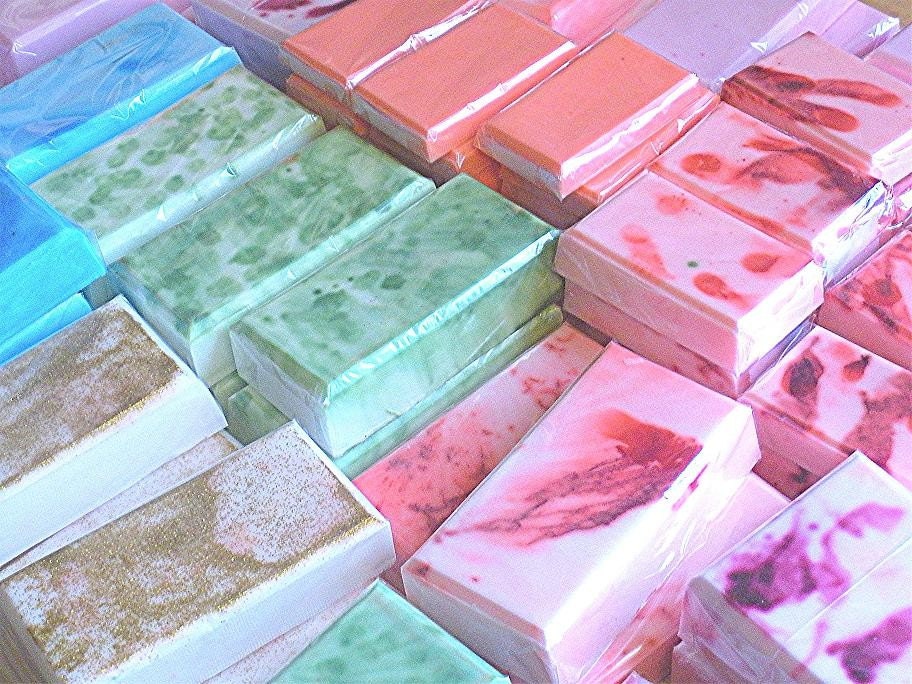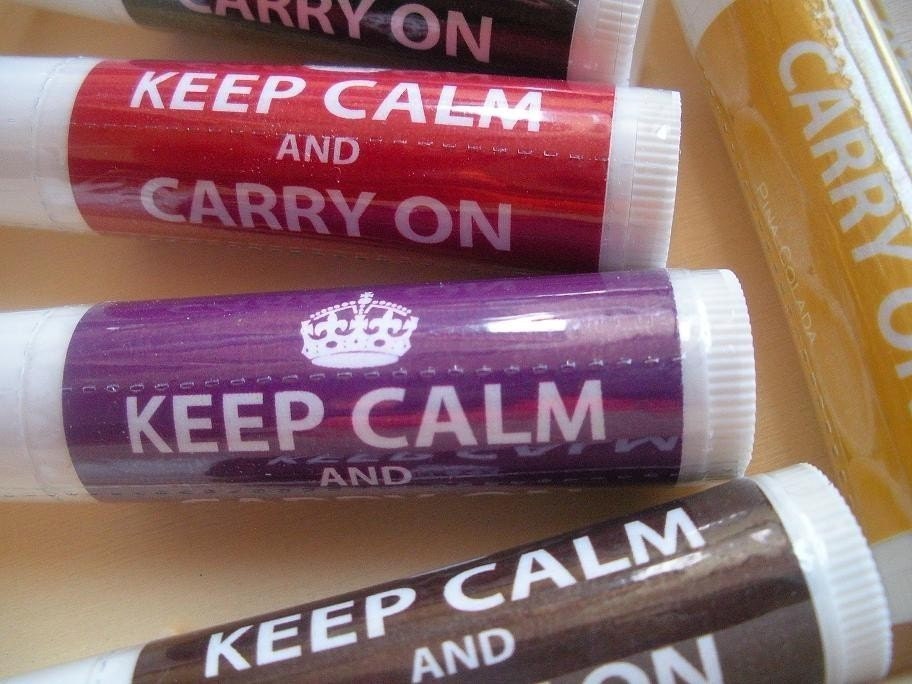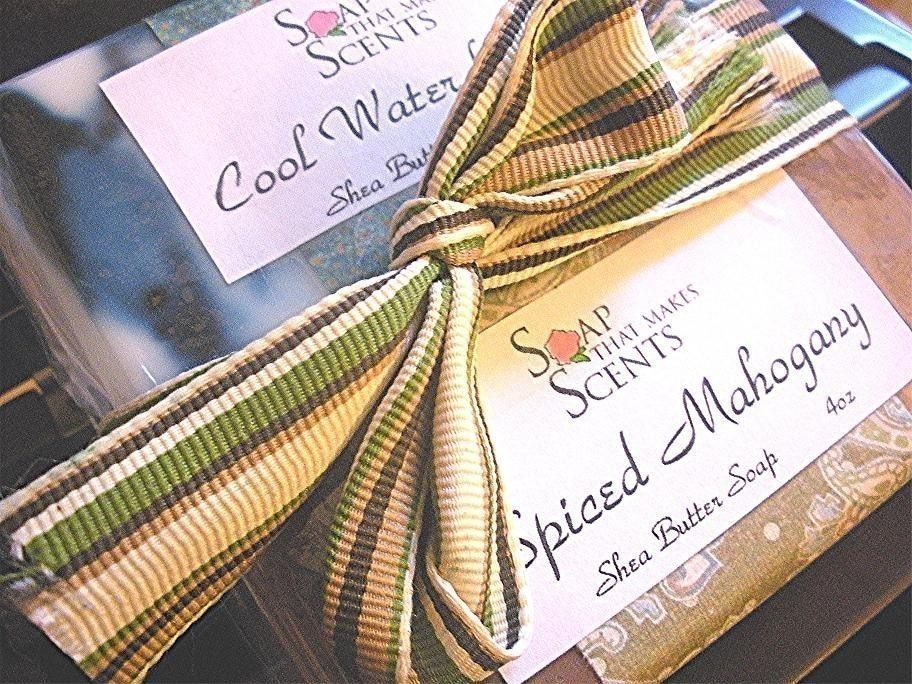We decided to find out and asked team members to interview each other so that we could discover who really makes Team SASsy rock! Here's the first interview in the series - watch for more to come!
Team SASsy member, cindylouwho2, from Calgary, Alberta, Canada, spent some time interviewing fellow team member Mango Tango Designs, from Cape Cod, Massachusetts, USA.
cindylouwho2's shop, Peacock Jewellery, was named for her love of peacock pearls, paua abalone shell and her peacock day gecko. The shop is filled with beautiful (and affordable!) jewellery made with natural materials such as gemstones, pearls and shells, as well as crystals and glass.
Here's her interview with Mango Tango Designs:
How did you get started making jewellery?
A close friend suggested I register with her for a nearby jewelry class. The subject of that class was metal clay. I simply could not believe that a type of clay existed which, when fired, would become pure silver. To me, that was magical and completely addictive.
Did you always intend to run a jewellery business?
Not at all. I actually began handcrafting in 1990 in a completely different category – scale dollhouse miniatures. I sold my work online and at shows – just as I do jewelry now – for many years. Eventually the labor involved took its toll on me physically, and I switched because I found jewelry-making to be much less physically demanding. I believe my training in scale miniatures transitioned well to jewelry, as I was already so familiar with the necessity of precision and detail in my work.

We are often advised to have a niche or theme/unifying look for our shops. When I look through your beautiful listings I am struck by the repetition of the ocean theme, right down to the background colours. Was that your initial intent, & has it changed over time? What would you recommend others do to find a unifying theme or look?
My initial intent was certainly to have a unifying theme at least in the background of my photos if not in the work itself. At first I used slate and marble, but I found that too be too dark and gloomy. Once the theme of my work evolved into what it is now – which wasn’t an overnight process either; it took me a while to find my voice - finding a more suitable background was easier. I would definitely recommend that every seller find some way to make a cohesive statement in their Etsy shop – not only in their photos, which should be sharp and focused, but in their banners and avatars as well. Even when the merchandise is diverse, a common background that’s uncluttered and flatters the subject matter helps to sell the product.
You list several upcoming shows in your shop announcement – are they a big part of your business? Do you have recommendations for people who want to do art shows & festivals?
The bulk of my business actually comes from selling online and through a wonderful local gallery. Shows can be a hit or miss proposition. The juried shows which draw thousands are extremely expensive to do, and the unjuried shows may be less expensive but frequently draw smaller crowds and therefore fewer customers. I worked hard to jury into a local artisans’ guild that holds their own shows in order to guarantee myself booth space at a reasonable cost.
My advice to others is to be certain you have product that people want to buy. If you work in a competitive field such as jewelry, it can be very, very difficult to jury into some of the better shows. Be prepared to soldier on and keep pushing in the face of rejection and disappointment. Find a niche and fill it. Be unique.

Finish this sentence (but feel free to write more than a sentence!):
Before I started my Etsy shop, I wish I knew_______________
I wish I knew the formula for making high-quality, inexpensive product that would fly out of my shop! I see now that my style of jewelry is nearly impossible to craft less expensively, and so I accept that I will never be one of Etsy’s top sellers. And yet I’m pleased with the way my work has been embraced on Etsy and feel quite satisfied selling here. There’s a market for my work and I couldn’t be more pleased about that.

How did you get involved with Team SASsy? Has it been what you expected?
I love helping others. I also have a teaching background, and volunteering to assist others helps me to scratch that itch. Also I believe in karma. The good that I do for others will someday come back to me when I most need it. I derive tremendous satisfaction from a heartfelt ‘thank you’ from someone I have assisted on Etsy.
If you had the ability to start a completely different handmade business, what would you choose to do?
I guess I’d have to say there’s nothing else I’d rather be doing. Since I began handcrafting a totally different type of product, where I am now is precisely where I’d like to be.
And your final words of wisdom:
I think that what each of us gets out of Etsy depends entirely on what we put into it. Not everyone has the ability to create something that someone else wants to buy. If what you’re currently doing isn’t working, try something else. There’s always room for improvement. Do what you love and love what you do.

Thanks again to cindylouwho2 of Peacock Jewellery and Mango Tango Designs for this great interview!




